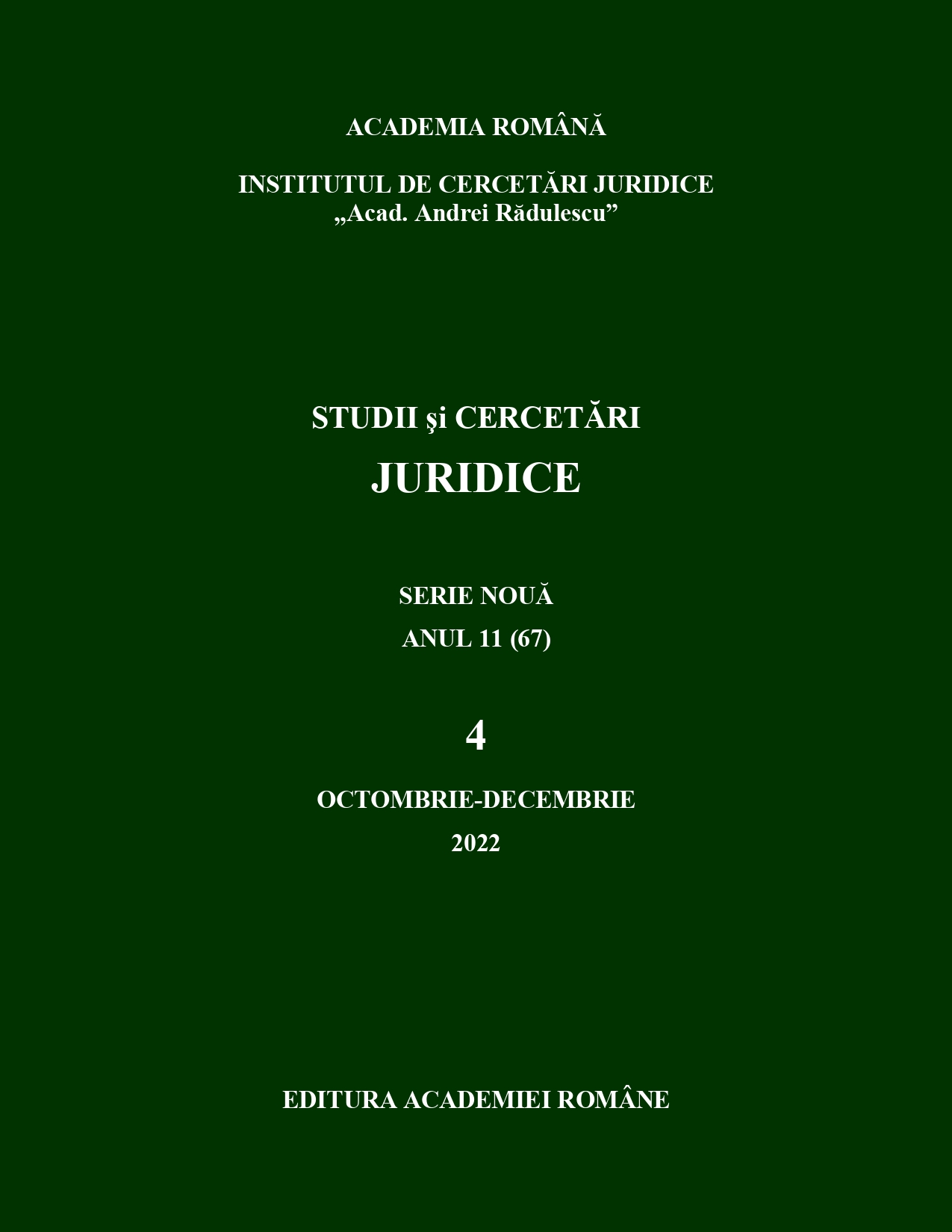Convenția-cadru privind schimbările climatice, document major al dreptului internațional al mediului
Framework Convention on Climate Change, Major Document of International Environmental Law
Author(s): Mircea M. Dutu-BuzuraSubject(s): International Law, Environmental interactions
Published by: Editura Academiei Române
Keywords: Paris Agreement; Framework Convention on Climate; Kyoto Protocol; Rio Conference; conference of parties; climate law; international environmental law; climate regime; common but differentiated respons
Summary/Abstract: Three decades after its conclusion (Rio, 1992) and 28 years after its entry into force (1994), the United Nations Framework Convention on Climate Change (UNFCCC) has managed to make a decisive contribution to the establishment of the global climate regime. In application of its provisions, the international process of cooperation and negotiation aimed at the global mitigation of anthropogenic climate warming and adaptation to the effects of climate change, with a dynamizing role in an international, regional, and national context, was launched and is ongoing. The framework convention, through the conference of the parties and in the achievement of the established final objective, was followed by a significant normative evolution with the major steps being the adoption of the Kyoto Protocol (1997) and the Paris Agreement (2015), which is now in the phase of implementation, thus reaching the affirmation of international climate law, with a consistent component of EU law. The principles it proclaims (starting with the dominant one of common but differentiated responsibilities of the states in the matter), related obligations (common, specific to industrialized countries, and specific to developing countries), the financing mechanism and the permanence of updating and adaptation actions of global action on climate change gives it its role as a permanent and dynamic international framework for debate and response to the current climate crisis. In close connection with two other major framework conventions – the one on biodiversity (1992) and, respectively, that of desertification (1994) – it represents a major landmark in the development of contemporary international environmental law.
Journal: Studii și Cercetări Juridice – Serie Nouă
- Issue Year: 2022
- Issue No: 4
- Page Range: 507-526
- Page Count: 20
- Language: Romanian

